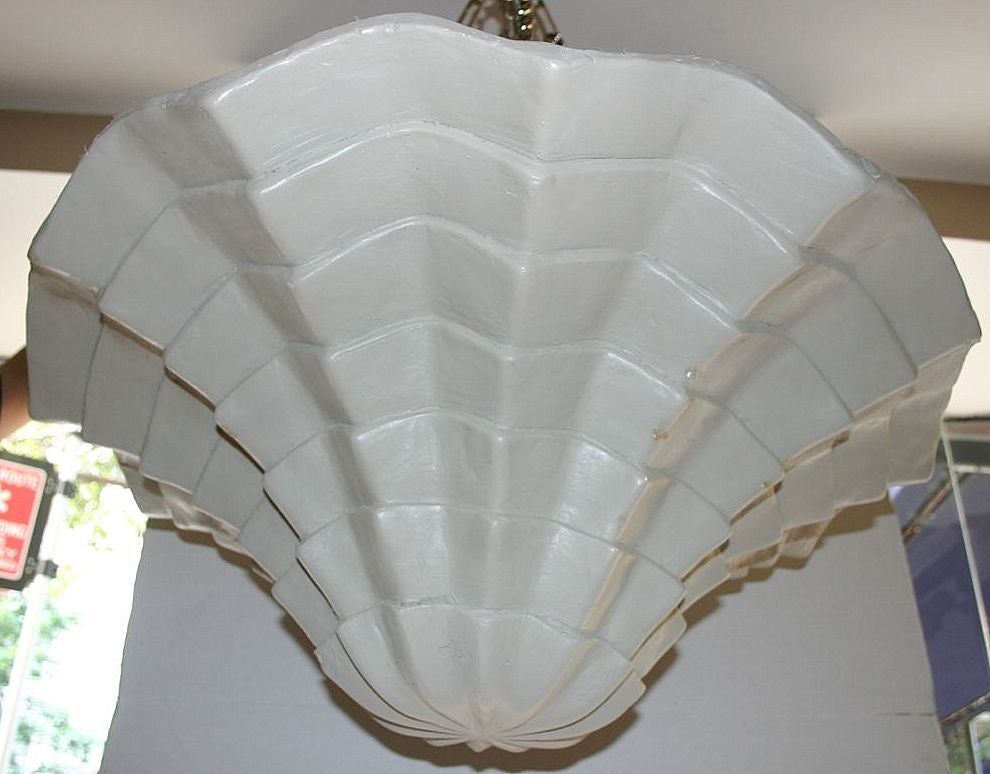


Switches- We rebuild the plaster wall around your switch, while others use the switches front cover to hide their mess.

Switches, Receptacles, and Light Fixtures Poorly cut plaster will leave hairline cracks that joint compound cannot repair, only temporarily cover up.

Plaster needs to be cut correctly and repaired correctly. How the plaster is handled will drastically affect the cost of the rewire as well as the quality of the rewire and what your left with when the work is done.Ī rewire with plaster that was poorly cut or poorly repaired(patched) can leave the existing plaster in ruin only to be temporarily repaired with a thin coat of joint compound. The less steep, the less noticeable.Plaster, Plaster, Plaster, knob and tube rewires boils down to cutting holes in the plaster to pull new wires throughout the home. A slight curve in the wall over a large area won’t be noticed – a slight curve over a small area will be noticed. This is how it will be cleverly hidden into the wall. Whatever area you’re trying to fix – you need to go over more than you think. You’ll be adding to the curves and it won’t be spirit level straight consistently across the wall – but if done right, it will feel smooth and you shouldn’t noticeably be able to tell visually.įor existing bulges in the wall or raised cracks, you’ll want to apply the plaster skim over the area in question and then the surrounding area to that too. When you repair old walls you need to bear in mind that the finished result may not be a perfect straight bit of wall. If you feel over the wall with your hands, you’ll probably be able to feel these curves. They’ll feel smooth to touch, but if you put a straight edge against the wall (a large spirit level or something), you’ll see how the plaster isn’t perfectly straight. The really important thing to remember is that old walls have natural curves in them. All three of these situations can be fixed by using this product. You may have places where plaster has fallen off the walls, you may find your plaster has a lumpy/bumpy texture to it, or you may find the plaster has already been patched – but badly so and sticks out like a sore thumb from the rest of the wall. So you may find your walls are imperfect in several different ways. We’re most likely patching up large areas remember, not just filling small holes. A wide blade is absolutely vital here if you want a decent finish and I recommend using either a plastering trowel or a very large jointing/taping knife. You’ll end up making a right mess and causing more work than needs-be. Using a short little filling knife is absolutely NOT the way to go here. The second thing you need is the right tool to apply the plaster skim with. There are all kinds of different brands on the market and they’re all very much the same and you can find these near to the bags of plaster in any DIY store. It’s white like Polyfilla, it’s completely sandable like Polyfilla the only real difference to it not being Polyfilla, is that its consistency is much better for working over large areas and it’s stronger too. This stuff is more like a glorified Polyfilla. I’ve tried a few different methods of patch-repairing walls in the past, but the absolute best (in my opinion!) is using a pre-mixed plaster skim. Now don’t let the words ‘plaster’ put you off – it’s nothing quite like actual plaster, trust me. When it comes to repairing old walls, the first thing you need is the right tools for the job. I had lots of questions on Instagram about this, so I thought a blog post was in order. All things though, that can be repaired easily and once painted – you’d never know they had ever been there! From cracks to badly repaired plaster spots to lumps and bumps and a bazillion little holes. That being said, they still needed a bit of work. After all, 100+-year-old walls in fairly good nick aren’t something I wanted to go tearing down. So in the name of keeping our house as legit original as possible, I wanted to fix up our original plastered walls and not re-plaster over them.


 0 kommentar(er)
0 kommentar(er)
